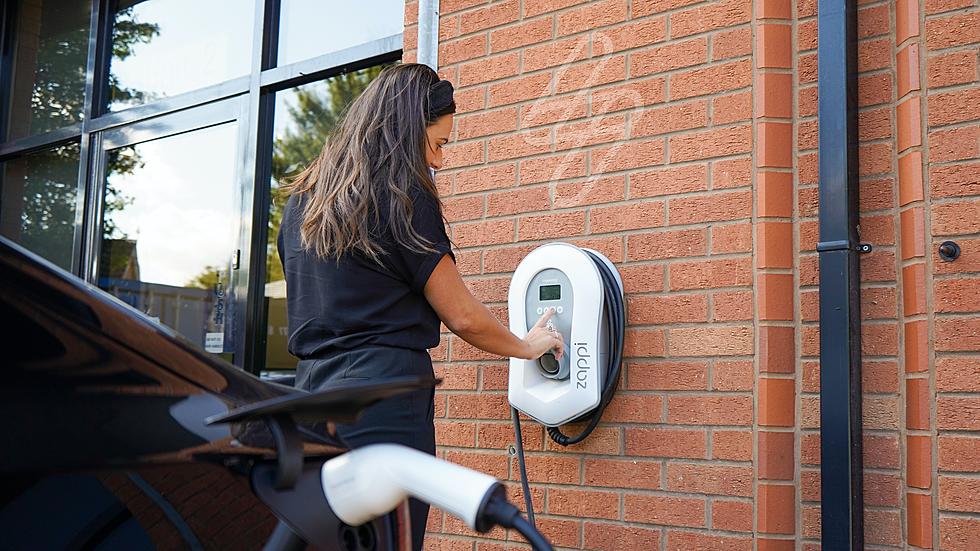
Motorcycle Awareness Month
"When motorcycles and other vehicles collide, it is usually the other (non-motorcycle) driver who violates the motorcyclist's right of way," according to an issue statement from NHTSA. "There is a continuing need to help other motorists 'think' motorcycles and to educate motorcyclists to be aware of this problem."
A motorcyclist must have proper insurance to ensure they are covered in case of an accident.
What Is Underinsured Motorist Coverage for Motorcycles?
- Because most states require drivers to have only a bare minimum amount of bodily injury liability coverage in order to legally drive, a sizable percentage of drivers pay a low-cost insurance premium that meets the minimum requirement. If that at-fault driver causes damage above their policy’s limit, you could be left to cover the rest of the expenses.
- In New York, you’re legally required to carry $25,000 minimum amount of coverage. So, if you have injuries that exceed that, you would be responsible for those If you want to reduce the risk of this happening, you can purchase your own UIM coverage to protect yourself.
- Currently, 15 percent of New York drivers are driving uninsured, which could leave you injured without any hope of compensation.
What Does Uninsured Motorist Insurance for Motorcycles Cover?
Underinsured motorcyclist coverage can help to bridge the financial gap when the at-fault driver’s policy limit does not extend far enough to cover the cost of these bills.
- Medical expense coverage
- Loss of income if your injuries prevent you from returning to work for a period of time
- Funeral costs
Awareness Tips for Drivers
- Take an extra moment to look for motorcycles. Because of its small size, a motorcycle can be easily hidden in a car's blind spots, so check — then check again — before changing lanes or making a turn.
- Predict a motorcycle is closer than it looks. A motorcycle may look farther away than it is because of its small size, and it may be difficult to judge a motorcycle’s speed. When checking traffic to turn at an intersection or into (or out of) a driveway, predict a motorcycle is closer than it appears.
- Keep a safe distance. Motorcyclists often slow by rolling off the throttle or downshifting, thus not activating the brake light, so allow more following distance, about 3 to 4 seconds.
- Understand lane shifting. Motorcyclists often adjust position within a lane to be seen more easily and to minimize the effects of road debris, passing vehicles, and wind. Understand that motorcyclists adjust lane position for a purpose, not to show off or to allow you to share the lane with them.
- See the person. When a motorcycle is in motion, see more than the motorcycle, see the person under the helmet, who could be your friend, neighbor, or relative.
Awareness Tips for Riders
- Be visible. Motorists often have trouble seeing motorcycles, so wear bright clothing and a light-colored helmet. Always have your headlight on, day and night, and avoid riding in blind spots of cars and trucks. If possible, flash your brake light when slowing down and before stopping.
- But pretend you are invisible. If you assume others on the road can’t see you, and any car that can hit you will hit you, you will tend to ride in a hyper-aware mindset and learn to notice every detail in your surroundings. Take extra responsibility for your safety and ride defensively.
- Gear up every ride. Wear proper riding gear from head to toe. Full-face helmets provide the best protection, and jackets, pants, gloves, and boots that are made for riding will generally be made of abrasion-resistant material, include protective armor, and provide additional comfort.
- Use good street strategies. Constantly search the road for changing conditions and use the Search-Evaluate-Execute strategy (SEE) to assess and respond to hazards before you have to react to an emergency.
- Before you ride, check over your bike. Make a habit of doing a pre-ride check, which includes looking over your tires and wheels, checking fluids, cables, your bike’s chassis, lights and electronics, and the stands. Use the T-CLOCS inspection checklist to help you.
More From Hudson Valley Post









